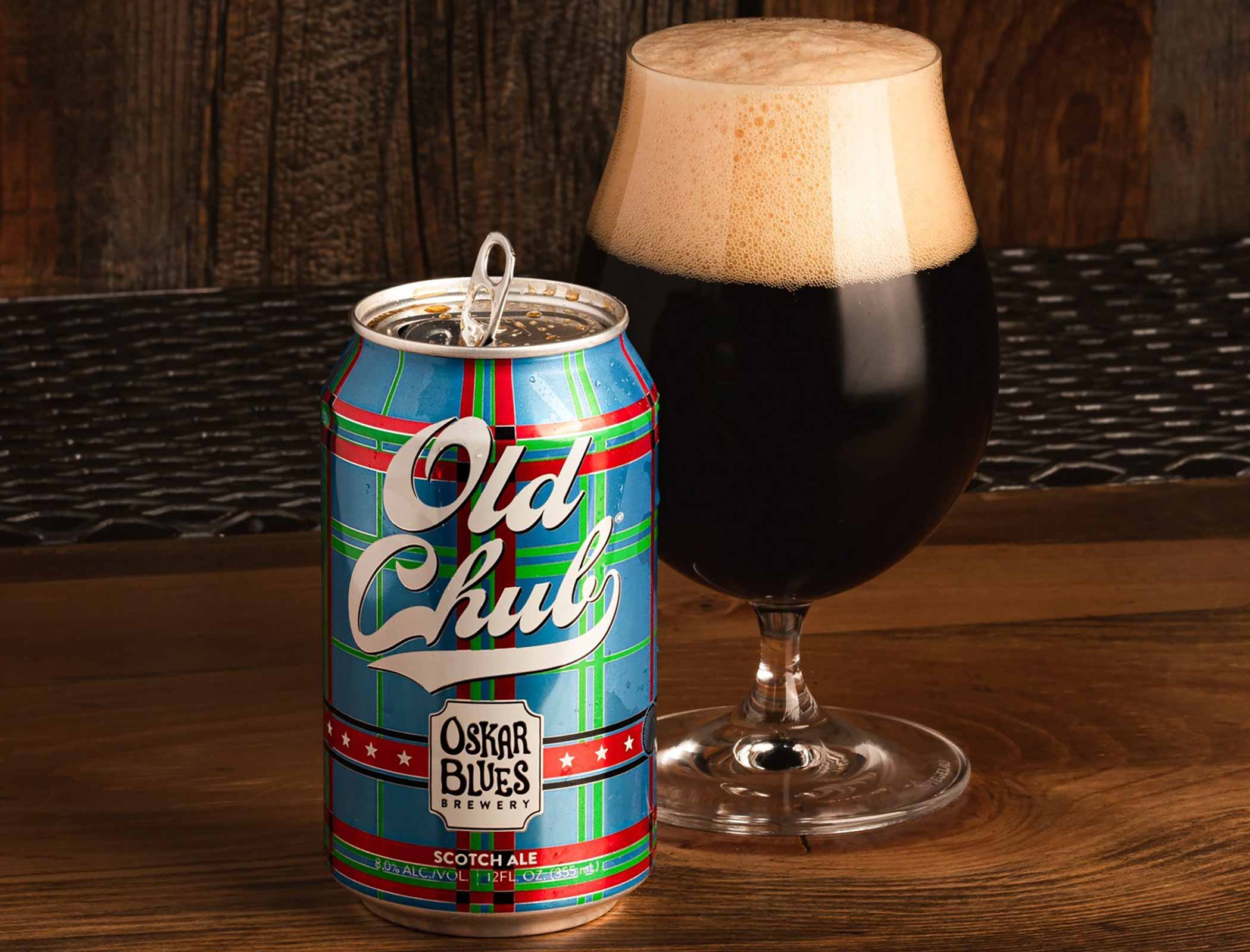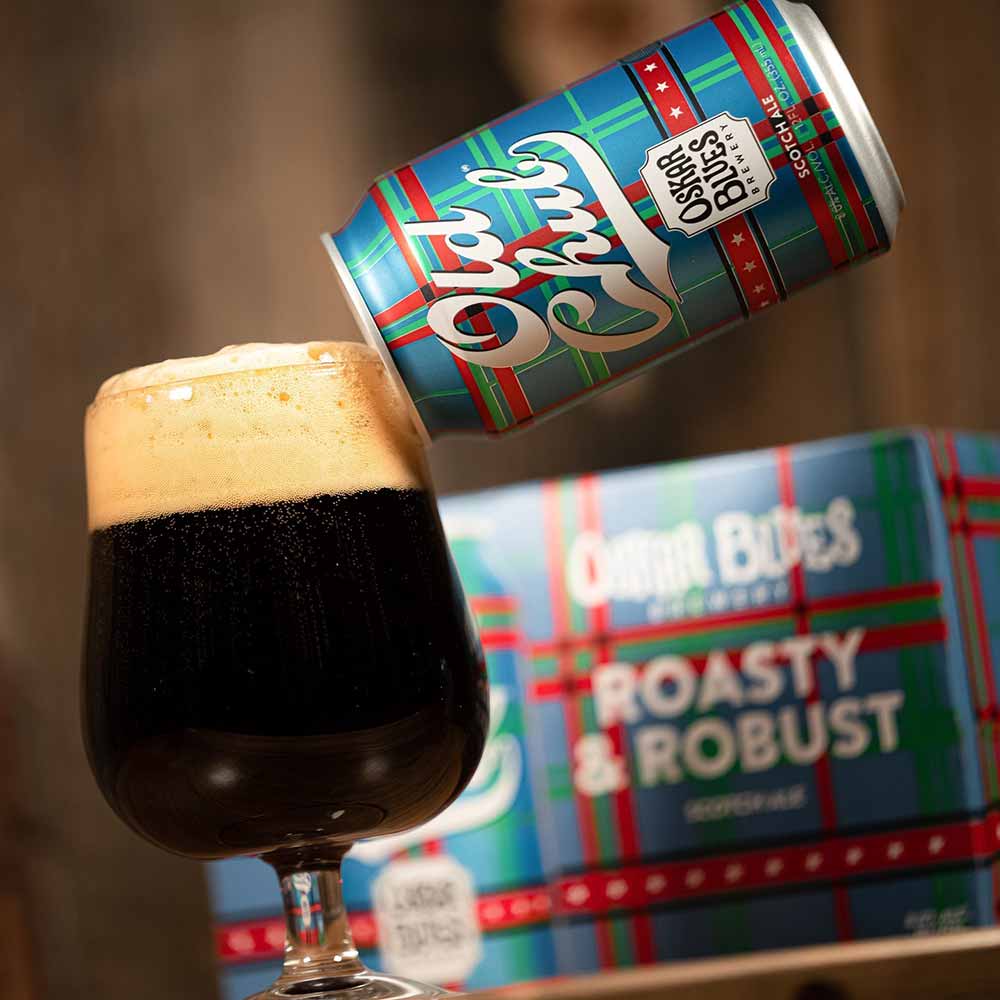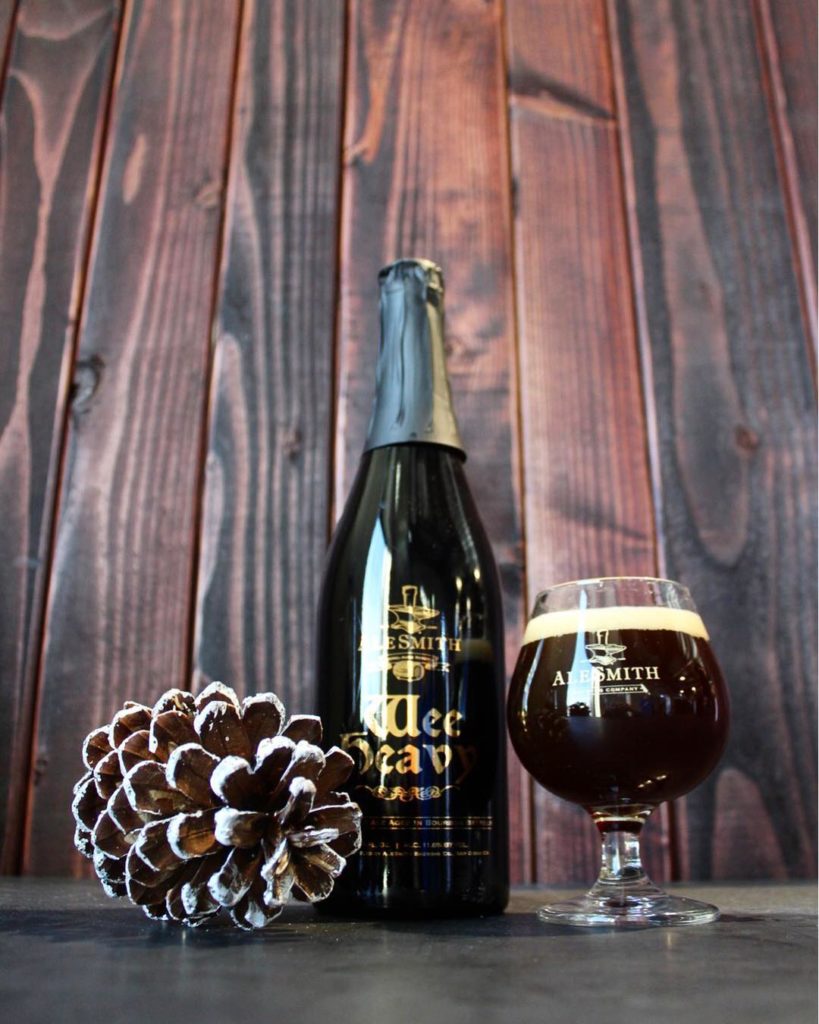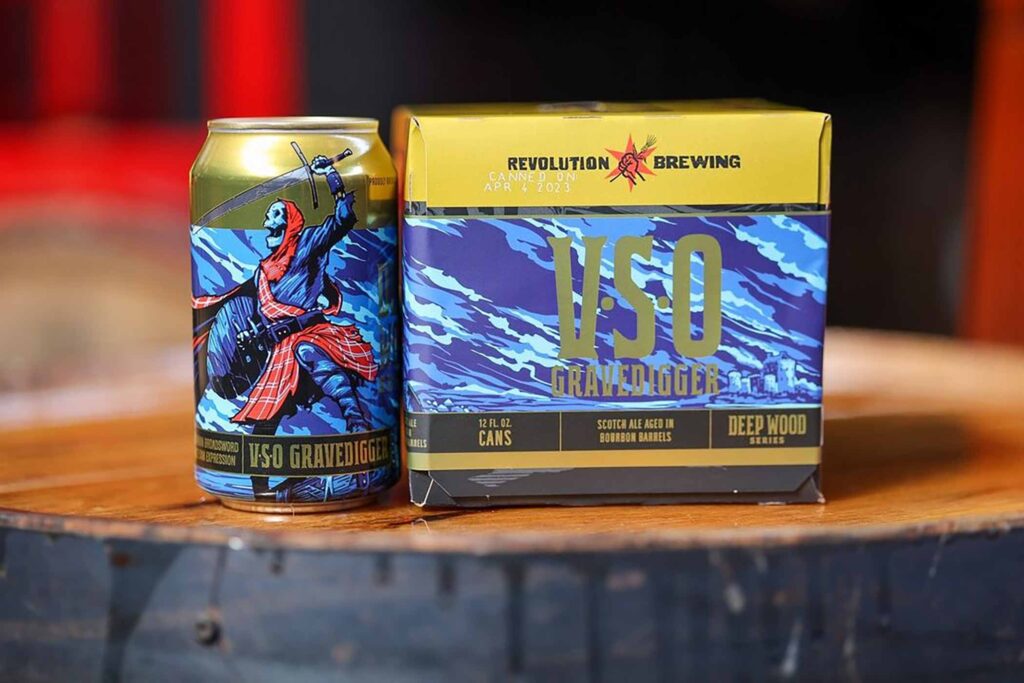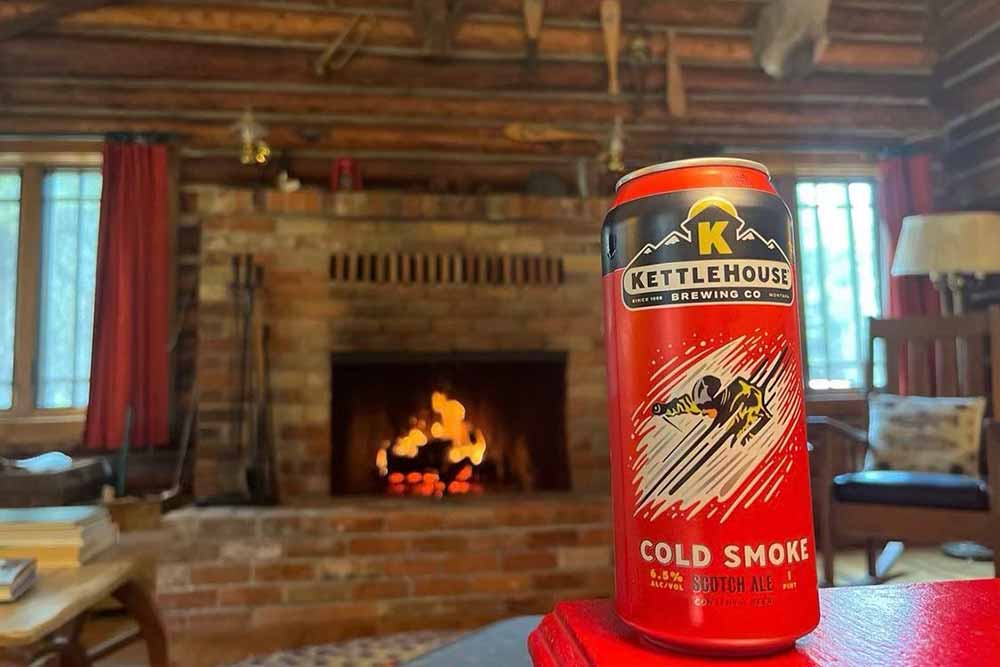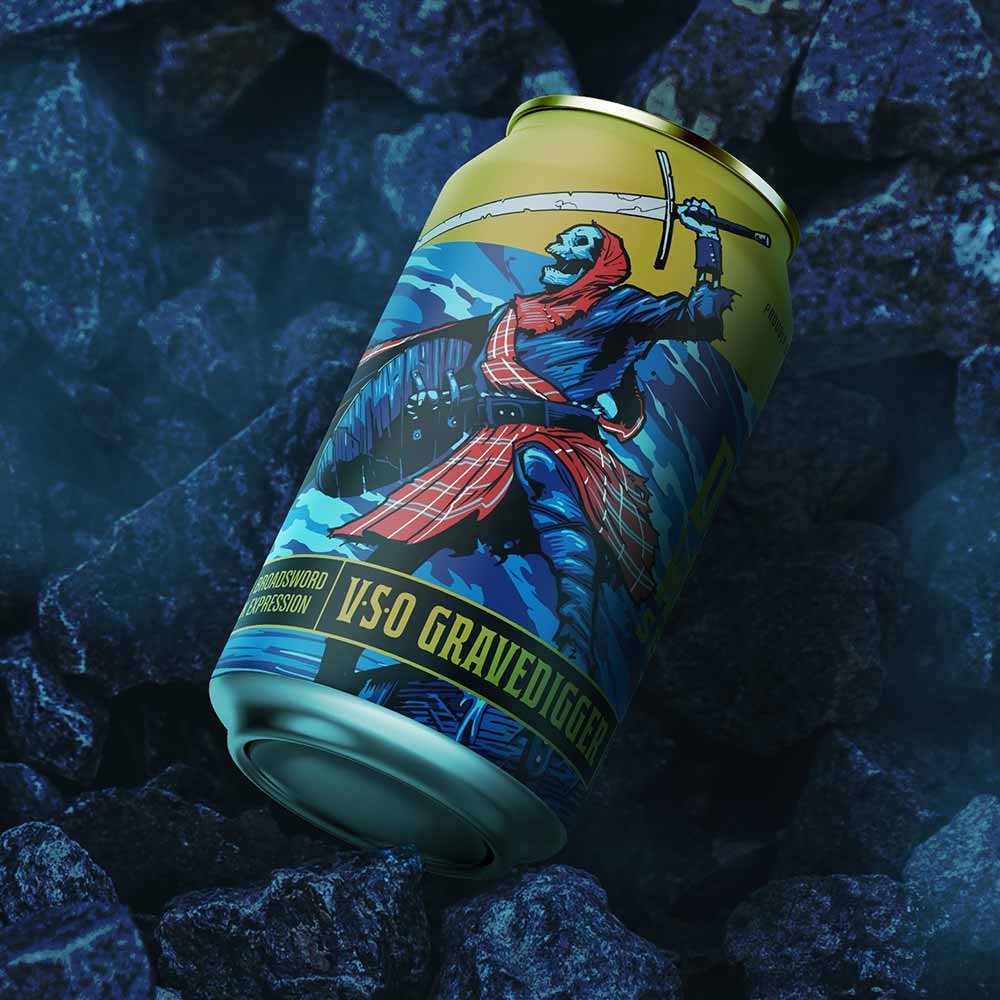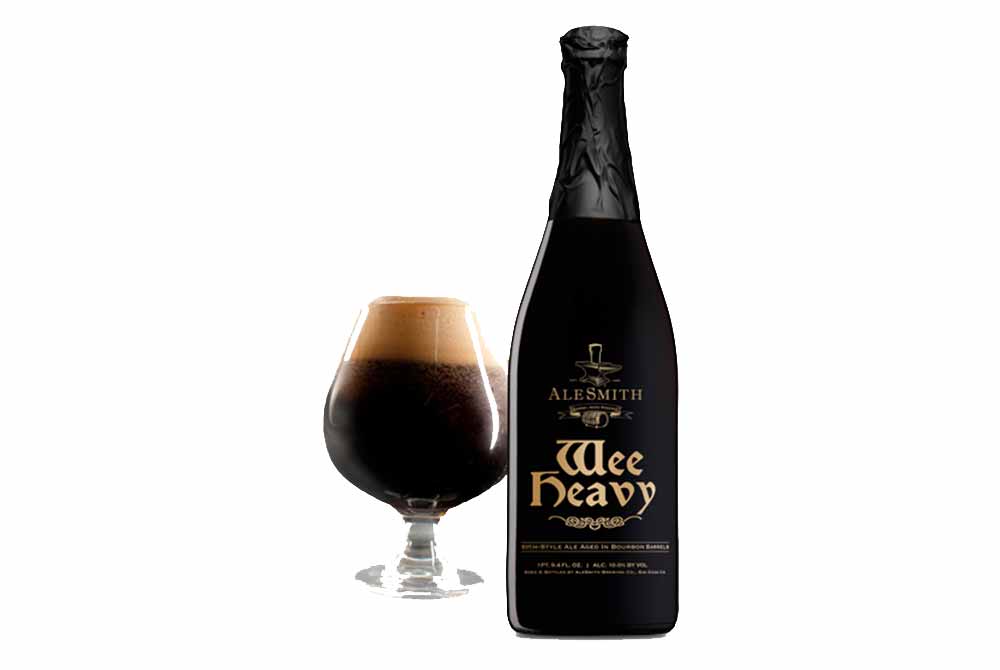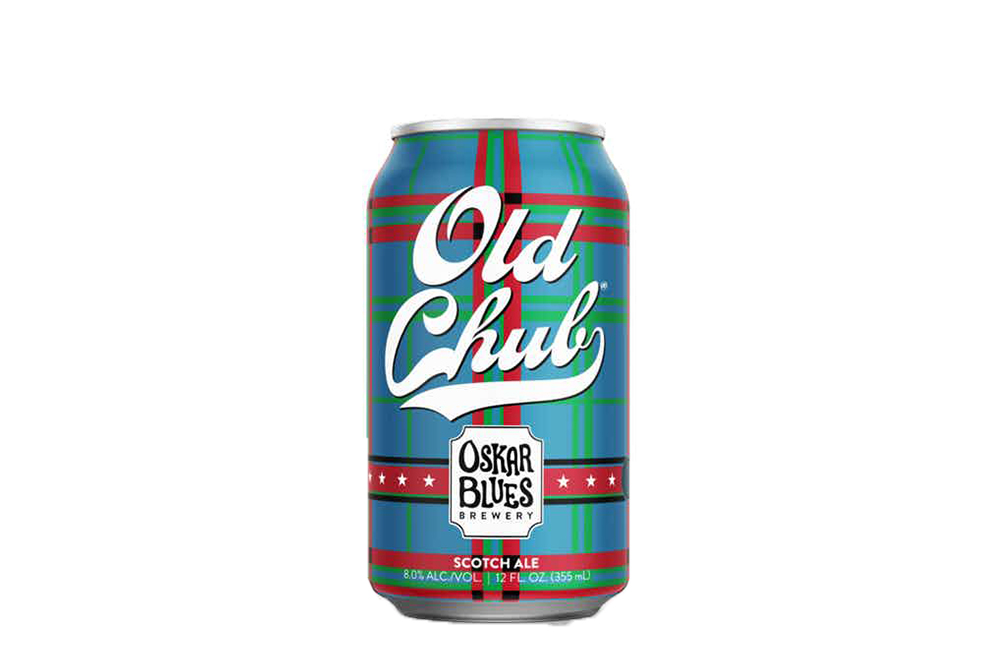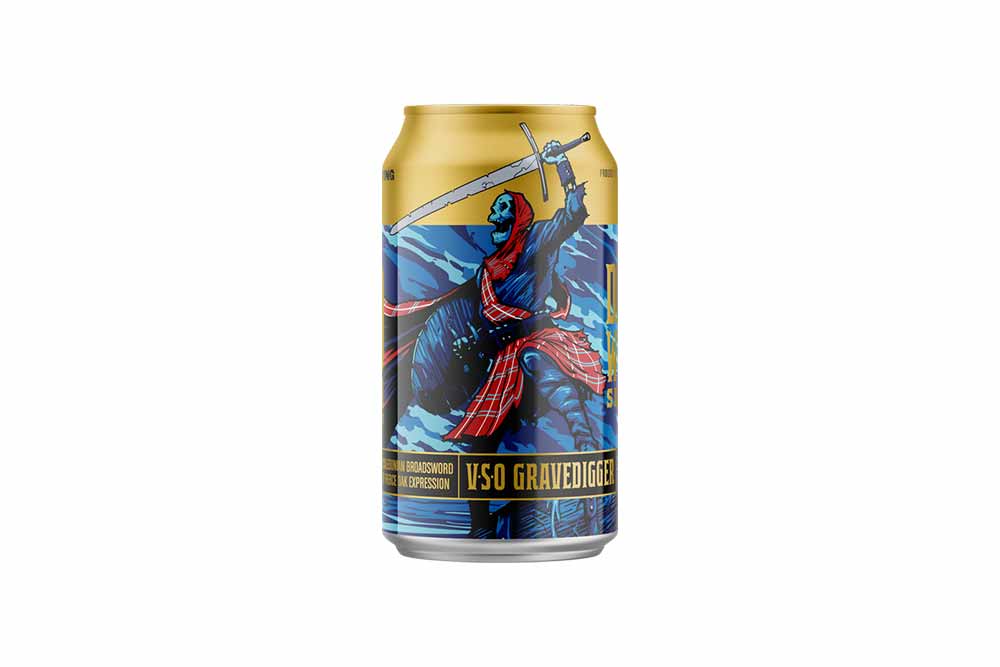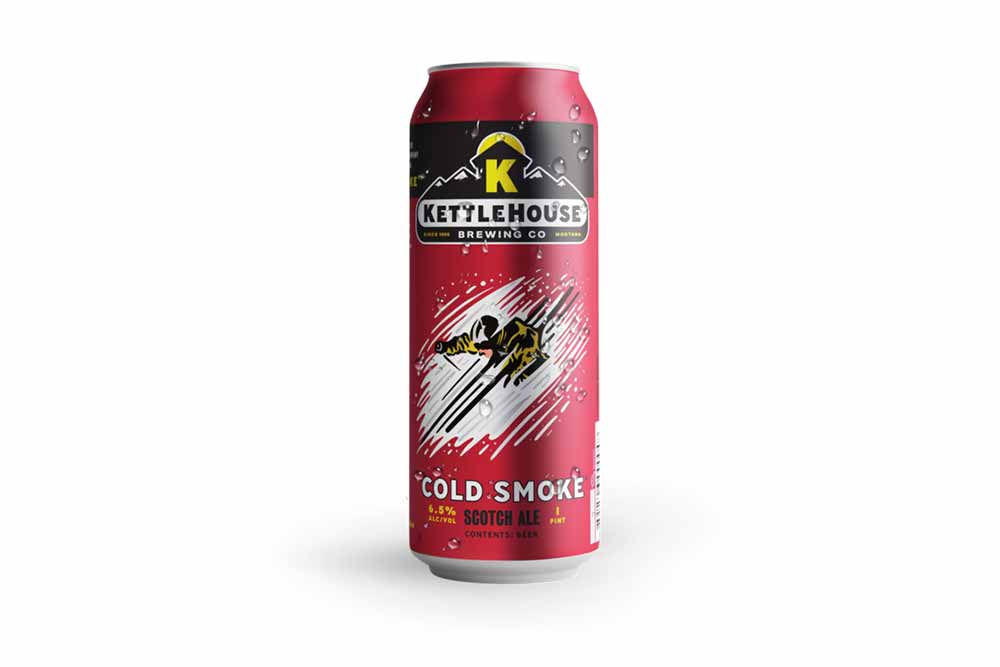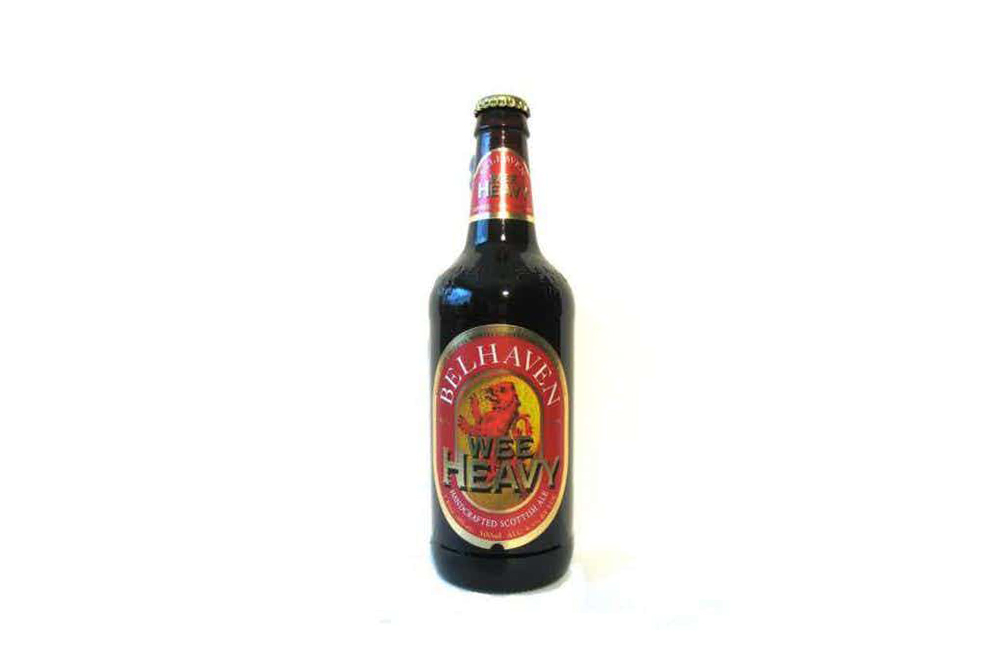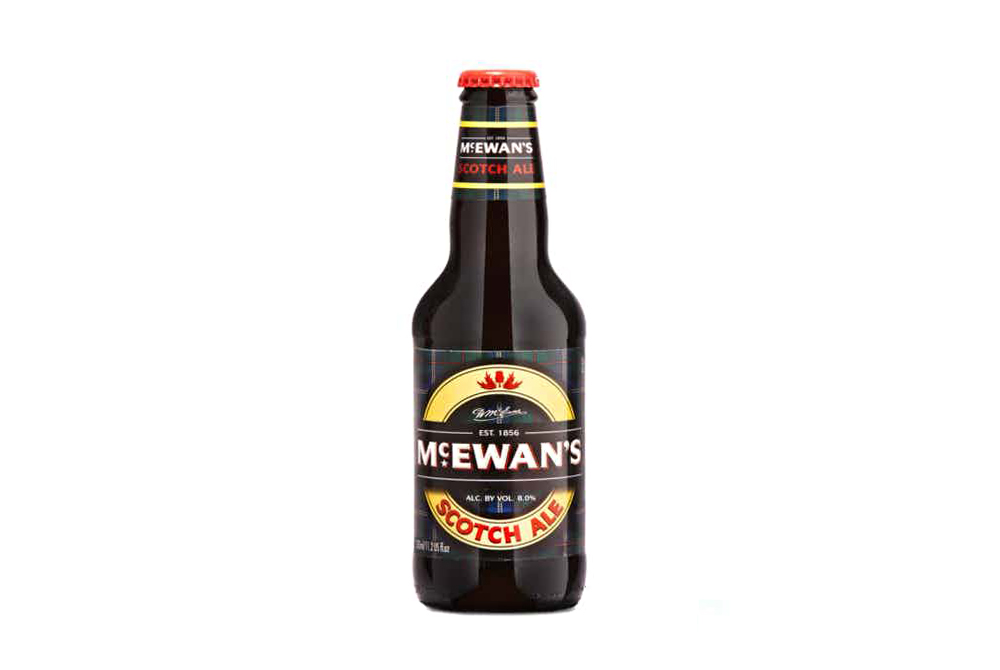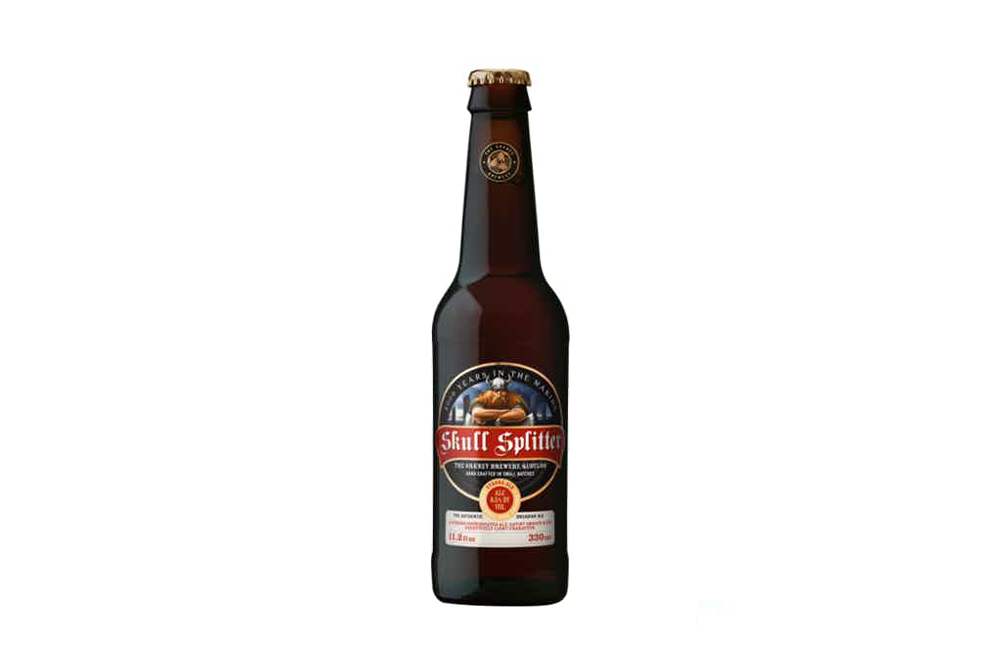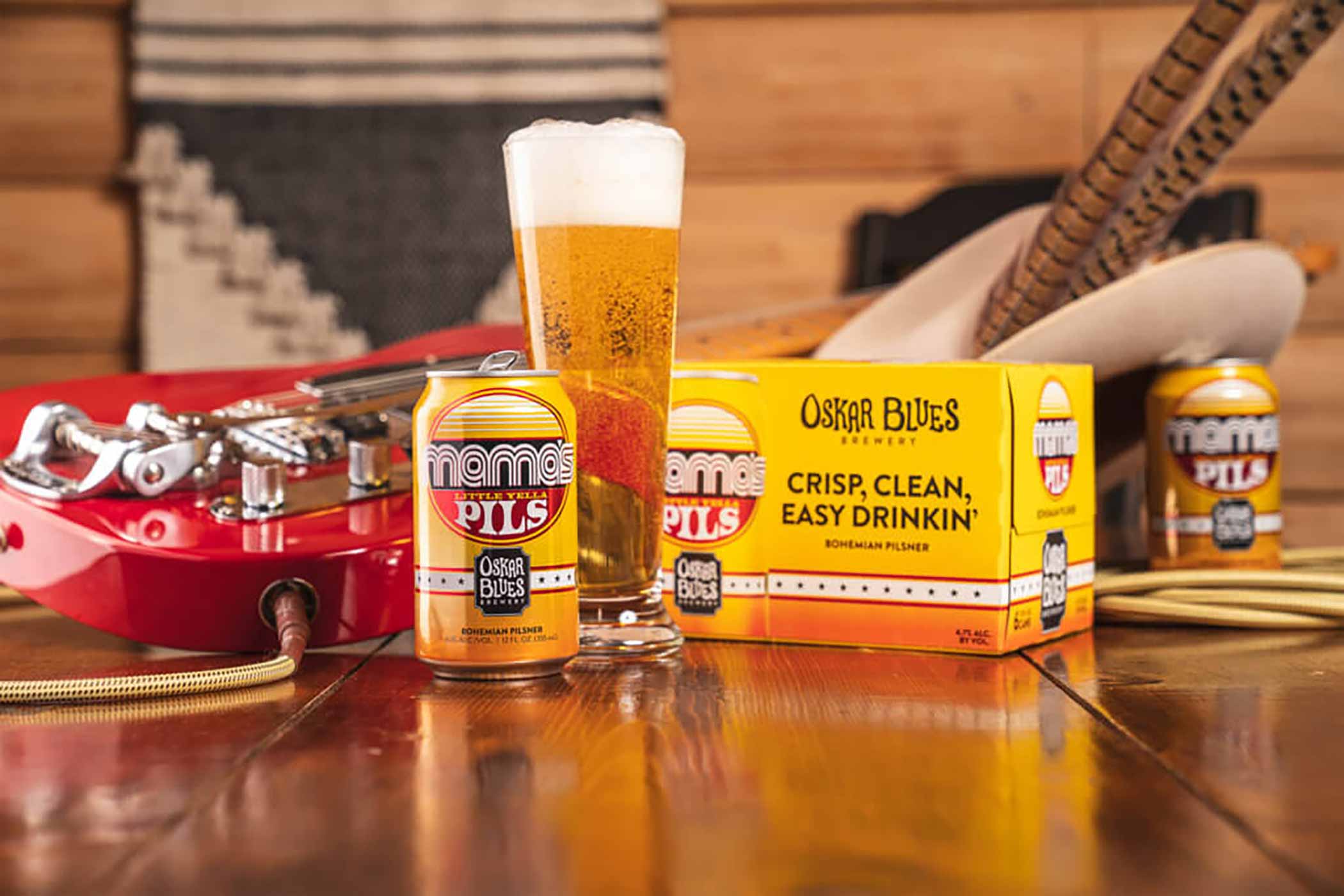Shop
What Exactly Are Scotch Ales?
A deep dive into the esoteric beer style.
More Stories Like This...
We don’t just serve scotch neat or on the rocks anymore. Did you know you can fill up a snifter with scotch ale?
No, we’re not talking about the liquor. Scotch ales are an esoteric style of beer known for their super malty, rich caramel flavors and boozy ABV. Think of a Scotch ale like the bottom log on a fire, simmering and smoldering. Is it the star of the fire? No, but the piece of wood that burns the longest keeps the whole fire going. Similarly, Scotch Ales aren’t sexy. But if you give them a shot, their bold toffee flavors, a hint of smoke, and caramelized sugar will warm your soul.
Before you seek out your first taste, here’s a primer on the basics you need to know about Scotch ales.
The History of Scotch Ales
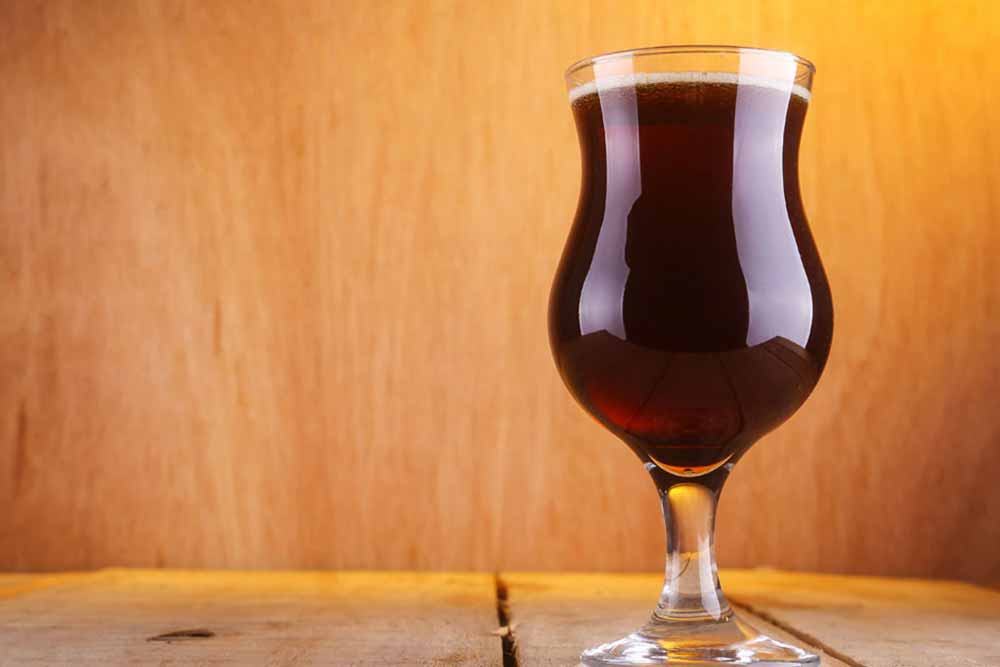
Photography courtesy of VinePair
Part of the strong ale family, Scotch ale originated in Edinburgh, Scotland, during the 1800s. Born in the United Kingdom, a region unsuited for highlighting hops, the Scotch ale focuses instead on a more readily available ingredient: malt.
“The true character that makes Scotch ales shine would be the malt,” says Anthony Chen, head brewer and brewery and cellar manager at AleSmith Brewing Co. in San Diego, CA. As one of the few breweries in the U.S. championing the style, AleSmith has been known for making award-winning higher-gravity beers like Scotch Ales. For instance, the brewery’s iconic Wee Heavy.
The style transformed from a traditional English strong ale. Some of the first strong ales, called old ales or Burton ales, originated in the British Isles. From there, these rich, intense, dark amber ales inspired the English barleywine, eventually reaching Scotland and taking on its own character as a Scotch ale.
“Old Scottish brewhouses would scorch caramelized sugars, which, compiled with a low hopping rate, made for a very malt-dominant beer, darker and more focused on caramel and toffee notes,” says Chen.
A confluence of malt character, submissive hops, and a more subdued yeast strain, Scotch ales are distinct in their flavor profile. And, although aptly named, the style does run into a bit of murky lingo.
Scottish Ale vs. Scotch Ale vs. Wee Heavy
Similar in sound and malt profile, Scotch ales and Scottish ales have one main difference. (Oh, and when a brewer says wee heavy, they’re just referring to a Scotch ale; they’re interchangeable.)
Scotch ales, or wee heavys, tend to be higher in alcohol content, above 6% ABV at least, with a higher final gravity that makes them a touch sweeter. On the other hand, Scottish ales essentially refer to the lower ABV equivalent of an English pale ale, clocking in at around 3-5% ABV.
While water, hops, and yeast are all important to brewing a Scotch ale, just like in any beer, it’s the often underappreciated ingredient of any beer—malt—that genuinely makes Scotch ales and Scottish ales shine.
How to Brew Scotch Ales
Usually, pale malt is standard. AleSmith uses different levels of crystal malts to achieve two things: 1) imparting a distinctive dark ruby and amber color indicative of the style and 2) adding a high sugar content to the wort that will carry over into the beer during fermentation to help create that high ABV.
Creating a sugar-rich environment is the key to a good Scotch ale. Choosing the grain is a good start, but brewers can add adjunct sugar such as syrup or molasses later in the brew.
Alternatively, a long boil super concentrates the wort to create a cornucopia of complex sugars for the yeast to munch on. Chen said that at AleSmith, they send their Wee Heavy through a nintey-minute boil. Hello, boozy beer!
Hops don’t play a significant role in a Scotch ale, but anything English like East Kent Goldings, Fuggles, or Admiral with delicate tea-like floral hop character works well. “You’re looking for a hop that isn’t overly aggressive, canceling out many American styles and spicy noble hop varieties,” says Chen. “Malt needs to take the show. Hops should just be a hint.”
Lastly, the yeast can be British or American, but it definitely needs to be on the cleaner side, devoid of those higher fruity esters you regularly find in Belgian beers.
AleSmith actually uses its own West Coast strain. Although the region isn’t essential here, the fermentation temperature is. Typical Scottish climates were slightly colder, forcing Scottish brewers to employ a lagering technique on their beers, so traditional Scotch ales ferment at a colder temperature.
Mild hops, clean yeast strain with restrained esters, cool fermentation temperatures, and, above all, malt taking the spotlight are the keys to any recipe for a wee heavy.
Caramel, Toffee, Molasses, Oh My
One word comes to mind when describing a Scotch ale: sugar. Different flavors of sugar dominate the aroma and flavor of a Scotch ale. “Just to paint a picture: brown sugar, molasses, treacle, caramel, toffee, burnt sugar, these flavors will highlight any wee heavy,” says Chen.
Different varieties will often include a light smokey or peaty flavor, but overwhelmingly, Scotch ales are rich and malty.
According to the Beer Judge Certification Program (BJCP), Scotch ales are “light copper to dark brown color in appearance with deep ruby highlights…a deeply malty and caramel aroma…with some versions having a thick, chewy viscosity. A smooth alcoholic warmth is usually present and is quite welcome since it balances the malty sweetness.”
Think of a Scotch ale like a holiday fruit cake—caramelly, nutty, sugary, boozy, and perfect to enjoy on a cold winter night.
Who Would Enjoy a Scotch Ale?
Sir Sean Connery? Great Scotch! You don’t need to be a Scotsman with a lisp to enjoy a Scotch ale. Chances are you’re already drinking a style that could be a great gateway.
“People who like pastry stouts might enjoy this style,” says Chen. “Once they’re over marshmallows and cookies, they might want to look for something deeper.” A Scotch ale is the perfect next step.
Most craft beer drinkers aren’t even aware this style exists, so it hasn’t caught on in the U.S. with the same fervor as IPAs and imperial stouts.
Why Aren’t Scotch Ales Popular in the U.S.?
Despite a boozy backbone and all these wonderful flavors of holiday fruit cake, raisin, and caramel, Scotch ale has had difficulty making headway in the U.S. It’s an esoteric style.
“A lot of American craft beer drinkers enjoy and appreciate flavors of nostalgia in their beer,” says Chen. “Hazy IPAs are like the orange juice you drank as a kid. [Pastry stouts remind people of dessert.] People look for flavors that remind them of childhood…juicy, fruity, vanilla, and chocolate. These are all common terms to describe beer, but [not necessarily a Scotch ale]. Once we understand more about flavors, we can recalibrate ourselves to appreciate older styles of craft beer like a wee heavy.”
The style has been so slow to catch on that AleSmith stopped making their Wee Heavy in 2017. Currently, AleSmith only makes a barrel-aged version that has its own cult following.
But while the transition might be slow, people are starting to catch on again. Chen recalls drinking in AleSmith’s tasting room after work one afternoon when he overheard a couple trying a variety of AleSmith’s barrel-aged beer from the iconic Speedway to the lesser-known Wee Heavy. He said the couple overwhelmingly enjoyed the Barrel-Aged Wee Heavy the most.
“There’s hope that people will come back to trying beers that just taste like beer,” says Chen. “Beer is cyclical. People get bored. Undoubtedly, hazy IPAs and pastry stouts are here to stay, but it’s important for consumers to diversify.”
If you’re willing to explore something new (well, actually pretty old), consider trying one of these traditional Scottish and American versions of the Scotch ale below for your own drinking adventure.
A Few of the Best Scotch Ales
Wee Heavy and Barrel-Aged Wee Heavy – AleSmith Brewing Co.
San Diego, CA
Even though AleSmith doesn’t brew any new versions of its Wee Heavy, you can still find this traditional Scotch ale in the market. Rich, malty, and roasty, Wee Heavy epitomizes an American version of the Scotch ale. The barrel-aged version hangs out in premium bourbon barrels for up to a year, adding complexity and richness. This beer has a little cult following for its 10% ABV and high notes of vanilla, oak, and bourbon, complementing those characteristic caramel and toffee notes.
Old Chub® – Oskar Blues Brewery
Lyons, CO
The most widely available, accessible, and affordable version of a Scotch Ale in the U.S., Oskar Blues brews Old Chub® with copious amounts of crystal and chocolate malts and a touch of beechwood-smoked malts for a malty, caramel celebration of the style with a hint of smokiness.
V.S.O. Gravedigger – Revolution Brewing
Chicago, IL
A special version of Revoultion’s top-rated Scotch ale called Gravedigger Billy, V.S.O. Gravedigger takes a long nap in Eagle Rare, Elijah Craig, and WhistlePig Rye barrels.
Netting out at 14.9% ABV, V.S.O Gravedigger includes all those classic components of a Scotch ale—toffee, molasses, maple—but gets an added warmth from the high alcohol content.
Plus, this Scotch ale picks up unique smoky characteristics from the oak barrels.
Old World – Tree House Brewing Company
Charlton, MA
The hazy IPA specialists’ take on a Scotch ale, Old World includes a variety of malts along with a classic Scotch ale yeast. All lend Tree House’s interpretation of a Scotch ale a complex, smoky character with “intensely malty notes with gentle contributions of peaty smoke and caramel,” according to the beer’s Untappd description. Think caramel, sticky toffee pudding, and roasted chestnuts.
Cold Smoke® – KettleHouse Brewing Company
Missoula, MT
KettleHouse’s flagship beer and an award-winning Scotch ale called Cold Smoke® gets its name from the fresh powder that falls in Montana during the winter. We guess it’s a sort of if-you’re-in-the-know type of thing, referring to a transcendental skiing experience. At the very least, if you can’t ever ride cold smoke on the mountain, you can drink this equally velvety beer. Described by the brewery as its “gateway beer,” Cold Somke® is a very approachable Scotch ale. Pouring dark, but drinking light, Cold Smoke® almost has more of the feel of a dark lager like a schwarzbier. Hints of coffee give you one sweet, roasty ride with this Scotch ale.
90/~ Wee Heavy – Belhaven Brewery
Belhaven, Scotland
Belhaven is the oldest surviving independent brewery in Scotland (until acquired in 2005), making it “Probably the most accessible Scotch ale and a good example of a Wee Heavy that’s lighter in color, low-hopped, and very straightforward,” says Chen.
McEwan’s Scotch Ale – Eagle Brewery
Bedford, England
Another suggestion from Chen, due to its availability in the U.S., McEwan’s Scotch Ale hits all the traditional sweet aromas of caramel, toffee, malt bread, and dried fruit.
Skull Splitter – Orkney Brewery
Stromness, Orkney Islands, Scotland
A little bit dark and focusing a bit more on the sugary notes with a hop kick in the back, Skull Splitter hails from a brewery in Orkney, Scotland. According to Chen, since brewed in the Northern Islands of Scotland, Skull Splitter is an excellent example of a low-ester production and high-malt-focused Scotch ale.

